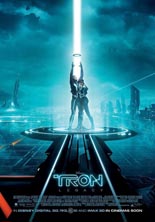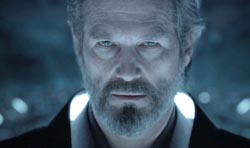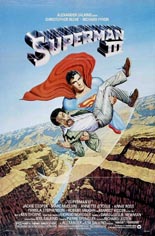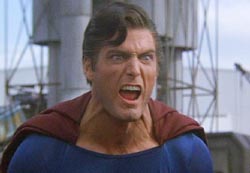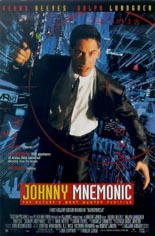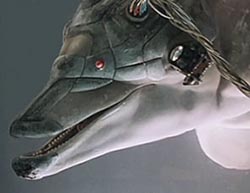
 Eight reasons why Blade is all 10 kinds of hot awesomesauce.
Eight reasons why Blade is all 10 kinds of hot awesomesauce.
1. It was a mash-up before mash-ups were popular: Shaft plus Dracula plus any number of martial arts films. Without Blade, we’d never have had Abraham Lincoln: Vampire Hunter. You think about that.
2. It made a franchise out of a C-list comic-book character, giving us all hope that watchable Ghost Rider films might yet be possible.
3. It played absolutely to Wesley Snipes’ strengths. A shame he later became trapped behind the badass façade, but Blade reminds us of the talent hidden in all the crappy DVD movies since.
4. All due love to The Matrix, but Blade beat it to the leather-clad, sunglasses-wearing, martial arts ass-kicking genre by a good year.
5. It was a financial success, leading Marvel Comics to consider putting money and talent behind later films rather than going the Albert Pyun route (that’s a Captain America reference, the 1990 version, which firmly sits atop the pantheon of so-bad-it’s-really-bad films).
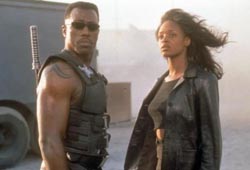 6. N’Bushe Wright, the female lead, should have been bigger after this. So good, perfect for the role.
6. N’Bushe Wright, the female lead, should have been bigger after this. So good, perfect for the role.
7. It’s blessedly R-rated, giving us plenty of blood and severed limbs, and it was made early enough in the computer era to forgive it its FX faults, rather than condemn it for some unimpressive CGI blood (as contrast, see Blood: The Last Vampire for how bad CGI bloodletting can get, because there’s no other reason to watch it).
8. Stephen Dorff plays snarky suckhead quite well; Kris Kristofferson redefines the concept of “grizzled”; Udo Keir’s customary overacting plays perfectly in the setting; and Donal Logue finally came into his own as a fun-loving vampire.
9. Can I be the only one praying for a crossover with the current Marvel movie universe? Blade/Spider-Man? Blade/Wolverine? Blade/Thor? Please?
10. Blade led to Blade II, which finally gave director Guillermo del Toro a commercially successful display of his talents. Without Blade, no Blade II; without Blade II, no Hellboy or Pan’s Labyrinth. Therefore, without Blade, no reason to live. —Corey Redekop

